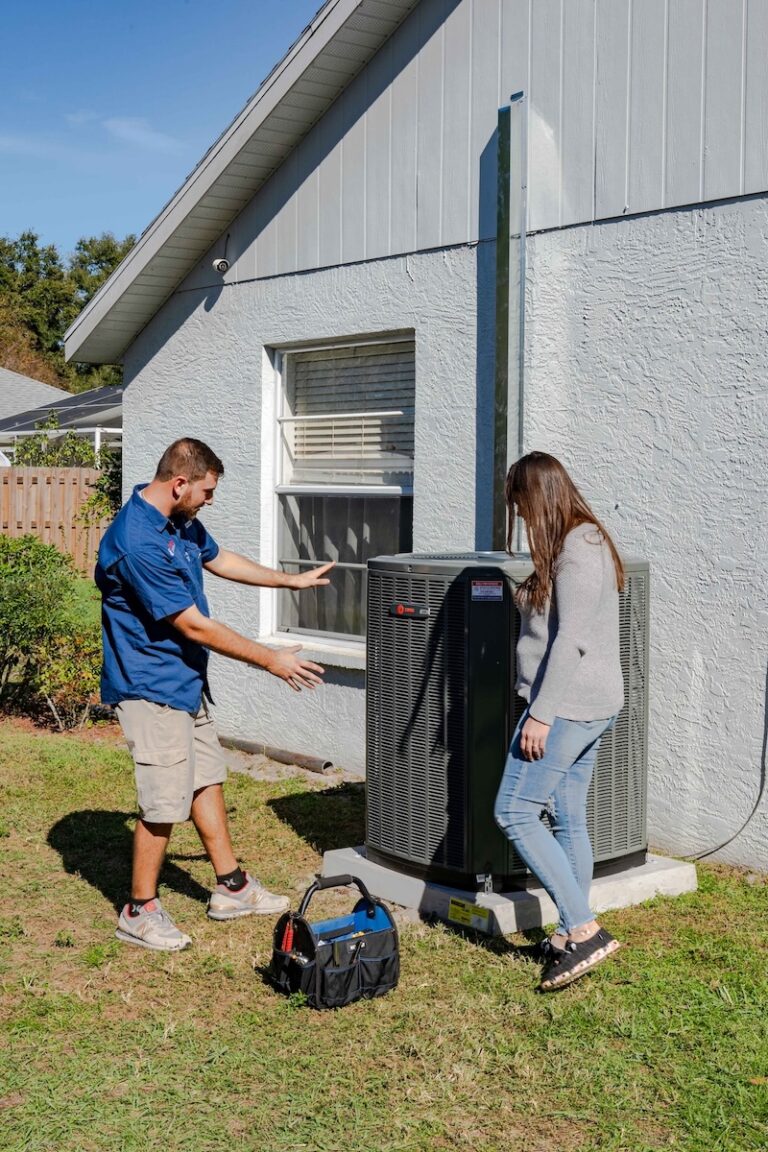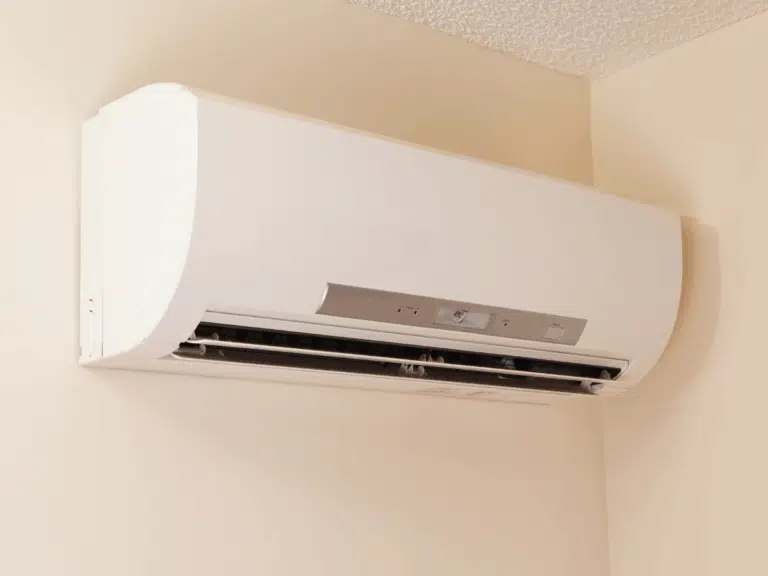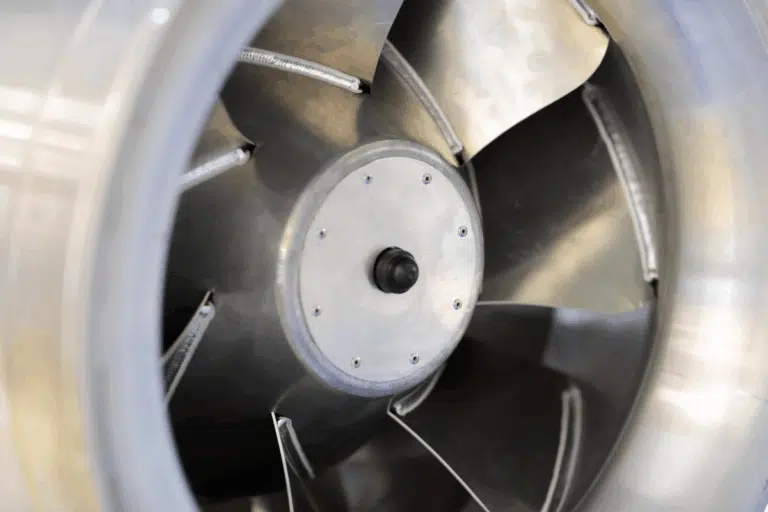What Is CFM in HVAC? A Simple Guide to Duct CFM Charts, Flex Ducts & Airflow Fixes
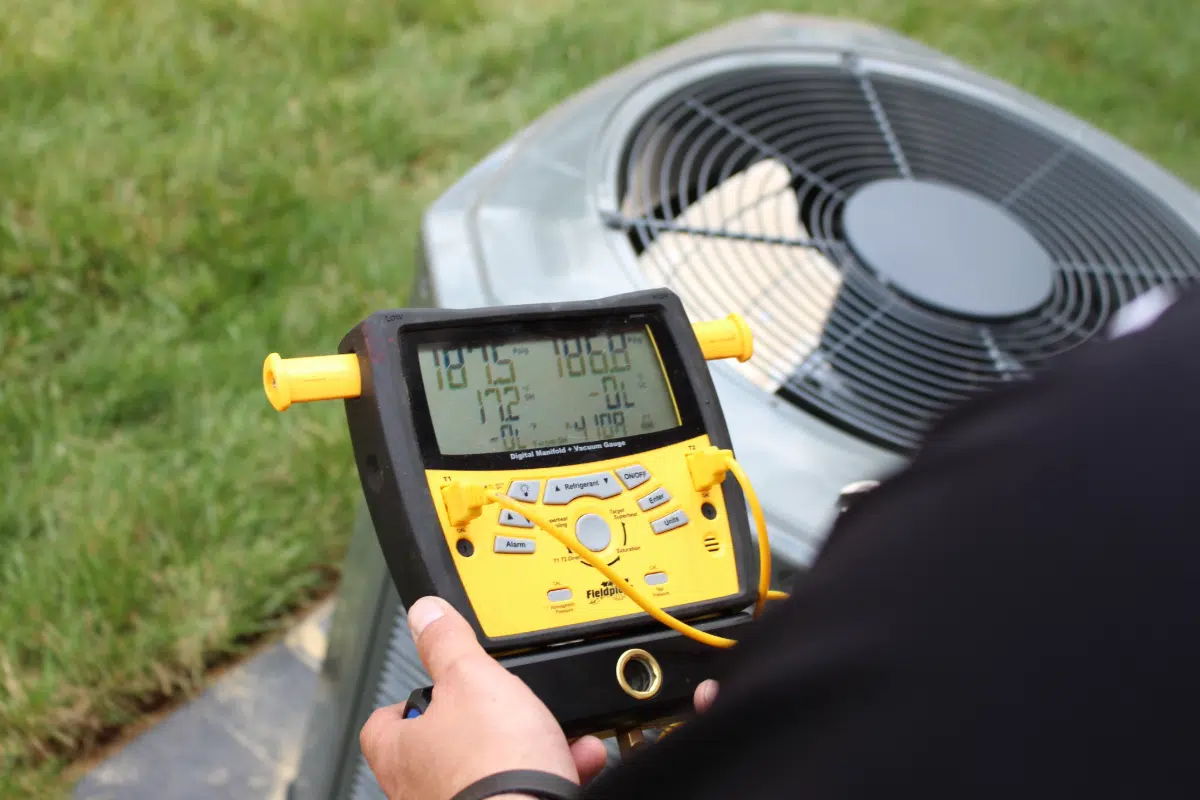
If your air conditioner is running constantly but your home still feels uncomfortable or some rooms stay hotter than others, you might not need a new HVAC system. The issue could be as simple as airflow.
One of the most important (but least understood) factors in your home comfort is CFM, or Cubic Feet per Minute. If your system isn’t moving the right amount of air, it won’t matter how powerful your AC unit is.
Let’s break down what CFM really means, how to use a duct CFM chart, and why things like flex duct issues or duct booster fans might be affecting your airflow in Zephyrhills-area homes.
What Is CFM in HVAC?
CFM stands for Cubic Feet per Minute, and it measures how much air your HVAC system moves through the ductwork in a minute.
Here’s why it matters:
- Too little CFM means poor air circulation, hot or cold spots, and humidity issues.
- Too much CFM can lead to noise, energy waste, and unnecessary strain on the system.
In general, a properly sized AC system delivers about 400 CFM per ton of cooling capacity. So a 3-ton system should move roughly 1,200 CFM through the ducts. But that only works if the ductwork is sized and installed correctly, and that’s where many problems begin.
How Duct CFM Charts Help Diagnose Problems
A duct CFM chart (or flex duct CFM chart) shows how much air a specific size of duct can carry at different air velocities. HVAC pros use these charts to design systems that can handle the required airflow without adding pressure or noise.
For example:
- A 6” round duct might handle 100–120 CFM, depending on length and friction loss.
- An 8” duct can handle 200+ CFM, again, if installed properly.
Every duct in your HVAC system needs to move the right amount of air to keep your home comfortable — and that’s where CFM charts come in.
CFM stands for Cubic Feet per Minute, and it tells us how much air is moving through your ducts. But CFM depends on more than just duct size — it also depends on how fast the air is moving, which is measured in Feet Per Minute (FPM).
For most residential systems, 700 FPM is a common target. It provides enough airflow without creating excess noise or pressure in the system.
The chart below shows approximately how much airflow different round duct sizes can handle at that 700 FPM velocity:
| Duct Size (Diameter) | Approx. CFM Capacity (700 FPM) |
| 4″ | 30 |
| 5″ | 55 |
| 6″ | 100 |
| 7″ | 150 |
| 8″ | 200 |
| 9″ | 275 |
| 10″ | 350 |
| 12″ | 550 |
If your system has undersized, kinked, or overly long flex ducts, you may not be getting the airflow your AC unit was designed to deliver.
Common Signs of CFM Problems
If your home is experiencing any of the following, your CFM may be off:
- Weak airflow coming from vents
- Inconsistent temperatures between rooms
- High humidity inside even with the AC running
- Longer HVAC run times or higher energy bills
- Some vents blasting air while others barely blow
These issues are often misdiagnosed as AC problems, but it’s usually a ductwork or airflow issue that’s to blame.
Can a Duct Booster Fan Fix Airflow Problems?
If one room in your house never seems to cool down, you may have come across the idea of using a duct booster fan. These fans are designed to be installed inside or near a vent to help pull more air into that space.
While they can provide temporary relief in problem areas, they’re not a true fix if the issue is:
- Poorly designed or undersized ductwork
- Leaky or disconnected ducts
- Imbalanced air pressure throughout your home
Think of booster fans like a band-aid. If your duct system is fundamentally flawed, the better solution is professional duct evaluation and airflow balancing, services we offer throughout Zephyrhills, Wesley Chapel, and Dade City.
When to Consider Duct Replacement or Repair
If your duct system is old, damaged, or poorly installed, it could be costing you in comfort, energy, and air quality.
You may need duct replacement or flex duct repair if:
- You notice collapsed, torn, or crushed flex ducts
- The ducts are noisy or rattling
- The system is not delivering air evenly across rooms
- There’s visible mold or debris in the ductwork
- Rooms stay humid even with the AC running
Properly sized and sealed ducts, installed using accurate CFM guidelines, ensure your HVAC system runs efficiently and keeps your home comfortable year-round.
How Custom Air Conditioning & Air Quality, LLC Can Help
With decades of experience serving Pasco and Hillsborough Counties, we’ve seen all kinds of duct and airflow issues, and we know how to fix them right.
We offer:
- Airflow diagnostics & system balancing
- Duct replacement and repair
- Flex duct inspections & reinstallation
- Duct sealing and insulation
- HVAC maintenance plans to keep airflow optimized
- UV light and air purification upgrades for healthier indoor air
Our team will evaluate your system using real CFM calculations, not guesswork, to ensure your comfort is restored efficiently and affordably.
Final Thoughts: CFM Isn’t Just a Number, It’s the Key to Comfort
If your home isn’t cooling evenly or your AC seems to run nonstop, the problem might not be your unit, it could be your ductwork or CFM settings.
Whether you need help understanding airflow, upgrading flex ducts, or replacing a faulty duct system, Custom Air Conditioning & Air Quality is here to help.
Schedule Your Airflow Inspection Today
Proudly serving Zephyrhills, Wesley Chapel, Dade City, and surrounding areas since 2004.
📞 Call (813) 641-4889
🌐 Schedule your service online
✅ Ask about our duct replacement and airflow optimization services
Frequently Asked Questions About CFM and HVAC Airflow
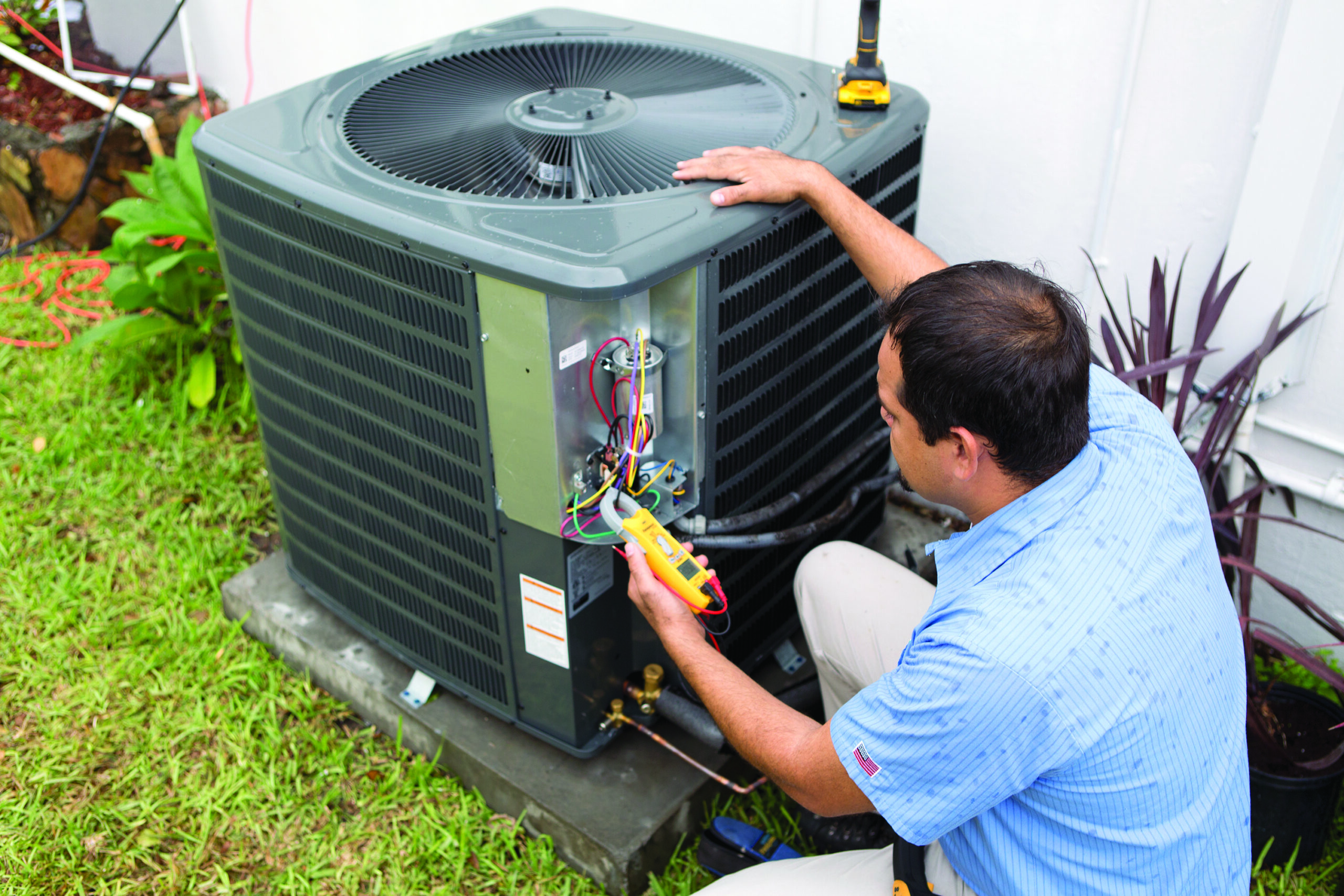
What does CFM stand for in HVAC?
CFM stands for Cubic Feet per Minute. It’s a measurement of how much air moves through your HVAC system in one minute. It’s a key factor in your system’s ability to heat, cool, and ventilate your home properly.
How do I know if my home has a CFM problem?
Signs of poor CFM include hot or cold spots, weak airflow from vents, excess humidity, and an AC system that runs constantly without keeping you comfortable. These often point to duct sizing or airflow issues.
What is a duct CFM chart?
A duct CFM chart shows how much air different duct sizes can carry based on velocity and length. HVAC professionals use these charts to properly size duct systems and ensure optimal airflow throughout your home.
Are flex ducts bad for airflow?
Not necessarily. Flex ducts work well when installed correctly, but they can restrict airflow if they’re too long, kinked, or the wrong diameter. Poor installation is one of the most common causes of airflow problems.
Will a duct booster fan fix my airflow issue?
It might help in a single room with long duct runs, but it’s not a long-term solution for poor duct design or system imbalance. In most cases, replacing or resizing ductwork is a better fix.
Can Custom Air Conditioning & Air Quality, LLC help with airflow issues?
Yes! We offer duct inspections, replacements, airflow balancing, flex duct repairs, and full HVAC diagnostics to solve CFM and comfort issues. Serving Zephyrhills, Wesley Chapel, Dade City, and nearby areas since 2004.

